Exploring the Enigma of the Tunguska Meteorite Event
Written on
Chapter 1: The Tunguska Explosion
On June 17, 1908, a tremendous blast resonated through the skies above a sparsely populated region of taiga close to the Podkamennaya Tunguska River. This explosion was so intense that its shockwave was detected on the other side of the planet. Trees were flattened, windows shattered, and individuals were thrown to the ground hundreds of kilometers away from the blast's center.
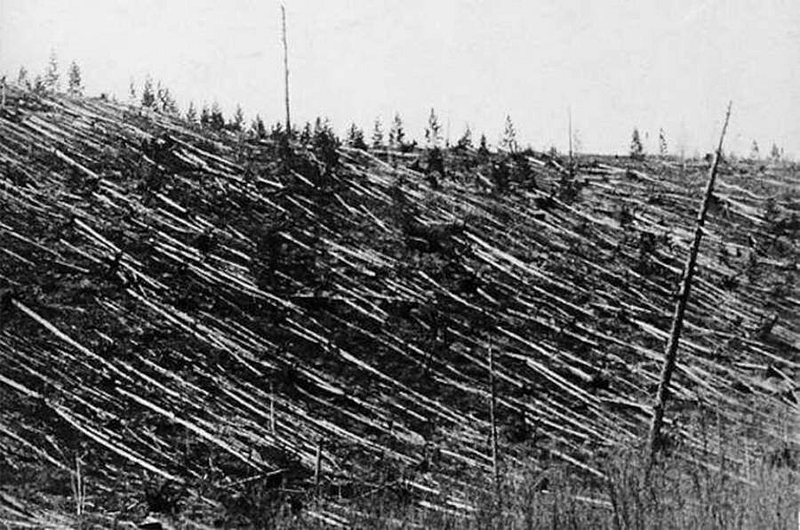
Modern analyses indicate that the force of the explosion may have been around 50 megatons—just shy of the 58.6 megatons of the "Tsar Bomba." Today, the leading theories point to either a comet or a meteor as the source of this explosion. Unfortunately, the first scientific investigations at the presumed impact site did not commence until 19 years later. The mineralogist L.A. Kulik spearheaded these efforts, conducting four expeditions between 1927 and 1938.

During these expeditions, it was confirmed that a meteor had entered the Earth's atmosphere in 1908, detonating at an altitude of approximately 5–10 kilometers over the Podkamennaya Tunguska River basin. The epicenter of the explosion has been accurately identified through various locating methods that produced nearly identical results.
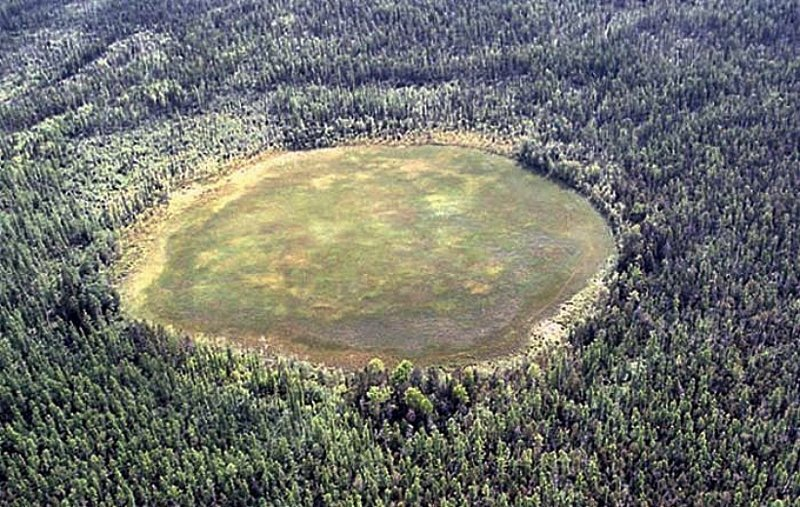
It’s worth noting that the so-called "Devil’s Cemetery" site is often confused with the actual Tunguska impact site, which is situated about 200 kilometers north of this location. Despite extensive searches, no impact crater was ever discovered. This absence is not surprising; meteorites that explode in the atmosphere typically do not leave craters unless they reach the surface intact and at high speeds. When a meteorite disintegrates, fragments slow down significantly and can descend to the ground at speeds of 200 m/s or less, leaving no craters behind.
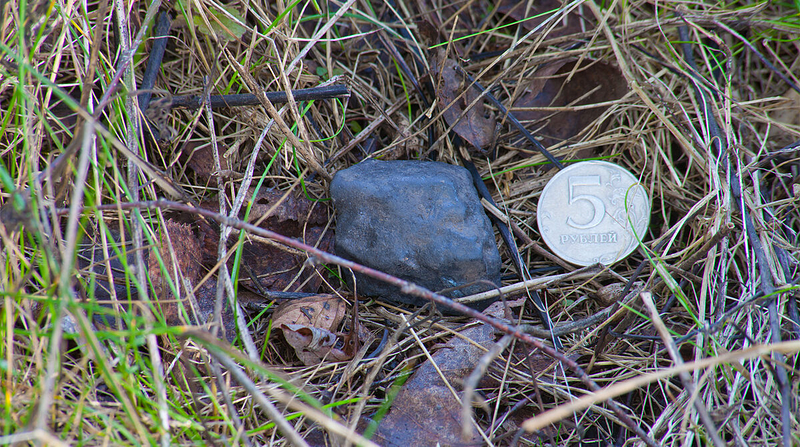
Thus, the lack of a crater aligns with the theory that the Tunguska meteorite fragmented at several kilometers in altitude. Some researchers previously speculated that Lake Cheko could be the impact crater due to its unusual conical shape. However, studies have confirmed that the lake is at least 8,000 years old.

Despite the considerable efforts made during the expeditions, no meteoritic materials were recovered. Although Kulik’s team discovered magnetite and silicate spheres that might have extraterrestrial origins based on their analysis, their link to the Tunguska event remains dubious, as similar materials are found in other geological formations on Earth.
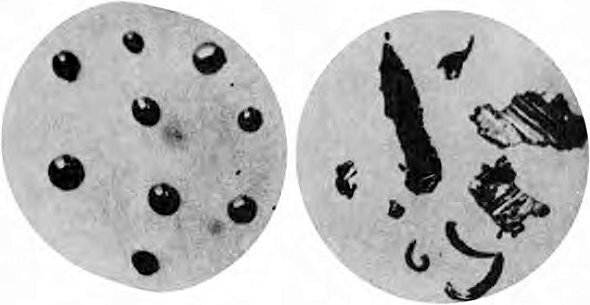
Is it surprising that no fragments were uncovered? Not really. A lengthy period of 19 years elapsed between the fall and the first expedition, during which the meteorite could have been composed of loose, low-density material. Examples of such celestial bodies, like asteroid (29075) 1950 DA, highlight that fragments can erode over time. Some scientists even suggest that the Tunguska object was a conglomerate of cosmic dust.
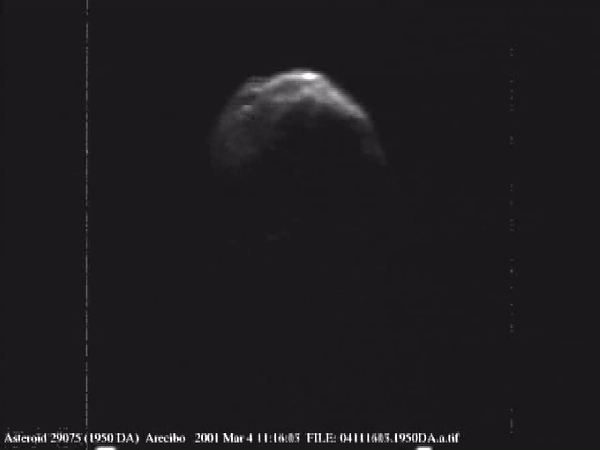
Moreover, Kulik’s early expeditions focused on locating a crater, following misleading reports about a meteorite protruding from the ground. This misdirection hindered the search for fragments, which would have fallen near the explosion’s center. Additionally, the swampy terrain around the epicenter complicated searches, causing potential fragments to sink into soft soil and become buried over the years. At that time, the science of meteoritics was still developing, and Kulik lacked modern technology and techniques that would have aided in the search.
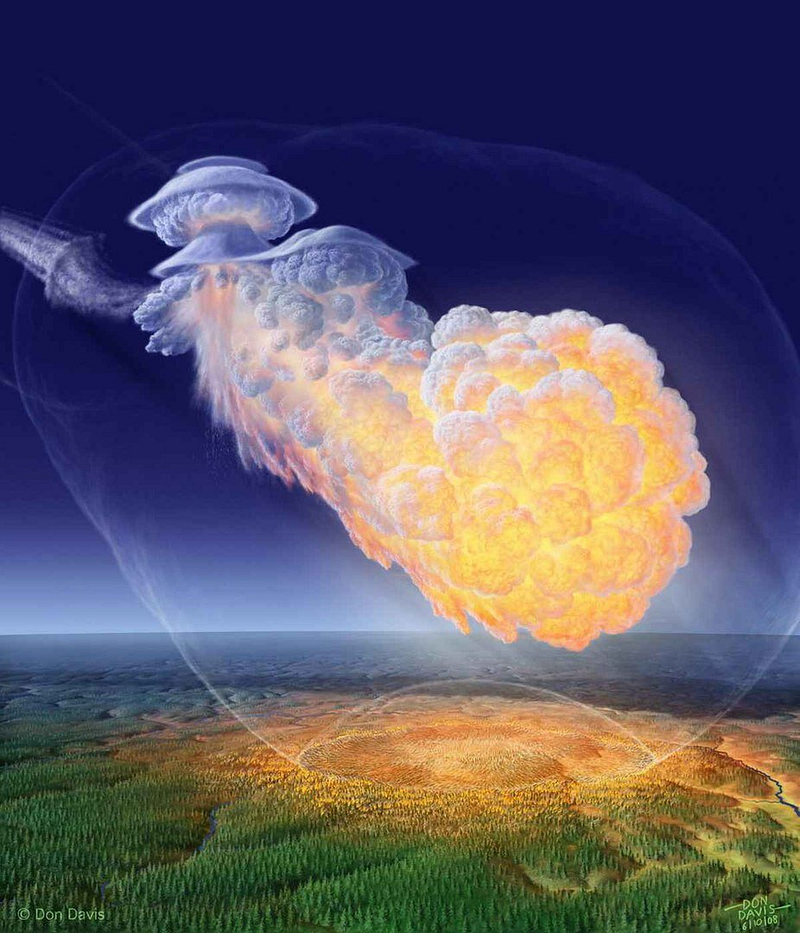
Interestingly, local Evenki people reported finding ferrous fragments shortly after the explosion, but Kulik’s expeditions were unable to verify these claims. Tragically, Kulik’s research was cut short due to the war, and he died in captivity in 1942. It was not until the late 1950s and early 1960s, nearly half a century after the event, that research resumed, yet no meteoritic material has been found since. Analysis of substances from peat bogs in the vicinity revealed compounds characteristic of certain meteorites, but the dating of these layers remains contentious and likely predates the Tunguska event.
So, what exactly occurred? To date, over 100 theories have been proposed regarding the explosion, ranging from the extraordinary—like an alien spacecraft crash or Nikola Tesla's energy experiments—to more plausible explanations. Currently, two main theories are considered: cometary and meteoritic, with a majority of experts favoring the cometary hypothesis. Eyewitness accounts align closely with both theories, as the behavior of the bolide fits well within expected patterns for large meteoritic or cometary events.
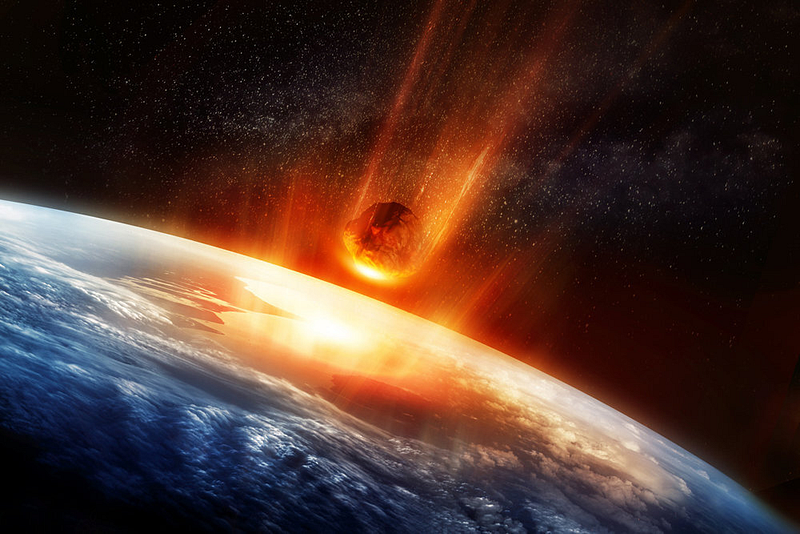
Comets, primarily composed of ice, could explain the absence of meteoric remnants. However, the cometary hypothesis is weakened by the lack of any recorded sightings of a comet prior to the explosion. Future expeditions to the site may finally uncover remnants of meteoritic material and clarify the true nature of the Tunguska event.
The first video titled "Mysteries Of The Tunguska Meteorite In Siberia's Thinning Forests" delves into the ongoing enigma surrounding the Tunguska event and its implications for our understanding of cosmic phenomena.
The second video, "Breaking Down The Mysterious Tunguska Explosion • Mystery Files Debrief," offers an in-depth analysis of the various theories concerning the explosion and its scientific significance.
If you're interested in more space-related articles, please clap to let us know! Subscribe to our channel and feel free to ask questions, which I'll address in future articles. If you appreciate my work, consider supporting me by becoming a Medium member for just $5 a month, helping us create even better content.